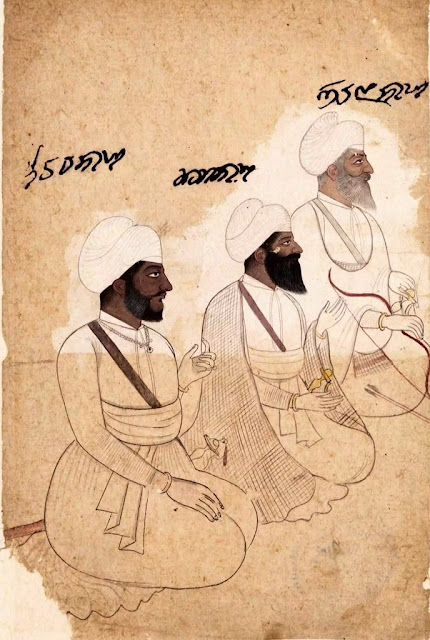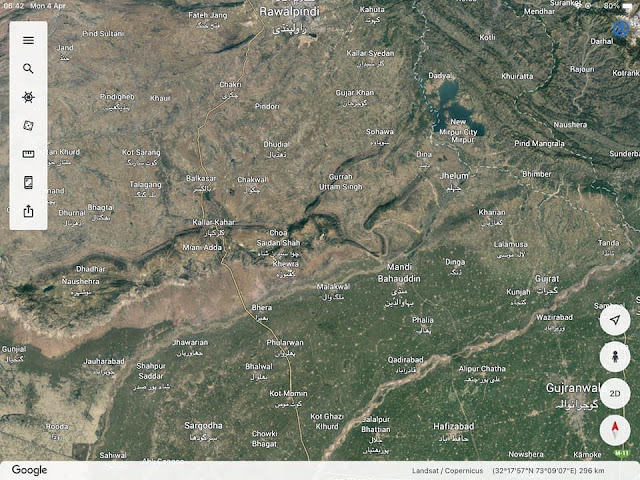Sardar Lehna Singh Kahlon of the Bhangi Misl - my relationship with him.

Welcome to this blog dedicated to the memory of Sardar Lehna Singh Kahlon, the illustrious ruler of Lahore who reigned alongside his nephew, Sardar Gujjar Singh Bhangi, and Sardar Sobha Singh Kanhaiya from 1765 to 1797. Our aim is to pay homage to their legacy and shed light on their contributions to Sikh history. One of the most significant artifacts that showcases Sardar Lehna Singh Kahlon's grandeur and authority is his portrait, which is housed in the V&A Museum in London. The portrait is widely acknowledged as that of Sardar Lehna Singh Kahlon, as he was the ruler of Lahore who negotiated with Major James Browne of the East India Company in 1783. This fact is corroborated by Dr. Gurinder Singh Mann's book, "The British and the Sikhs," which further attests to the historical significance of the portrait. We hope that this blog serves as a platform to honor the memory of Sardar Lehna Singh Kahlon, Sardar Gujjar Singh Bhangi, and Sardar Sobha Singh Kanhaiya, wh


